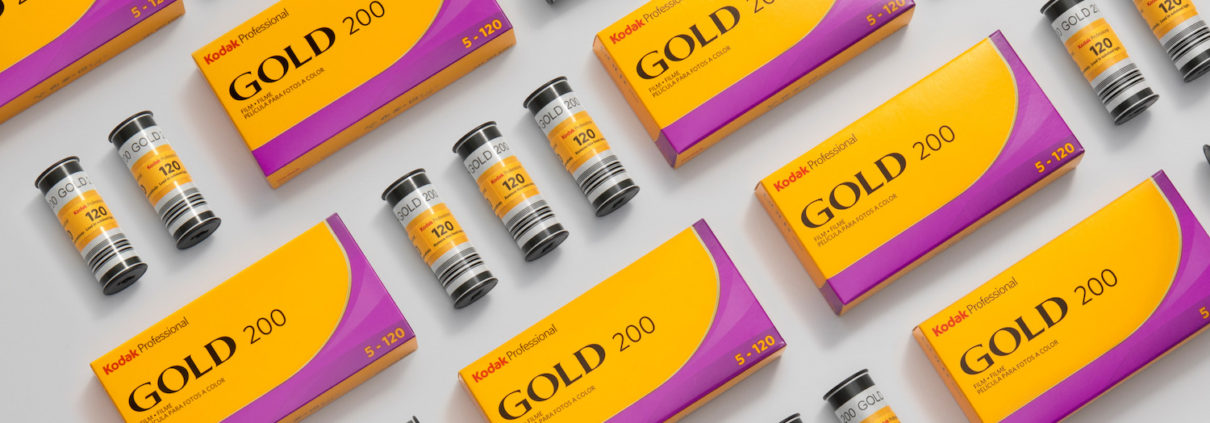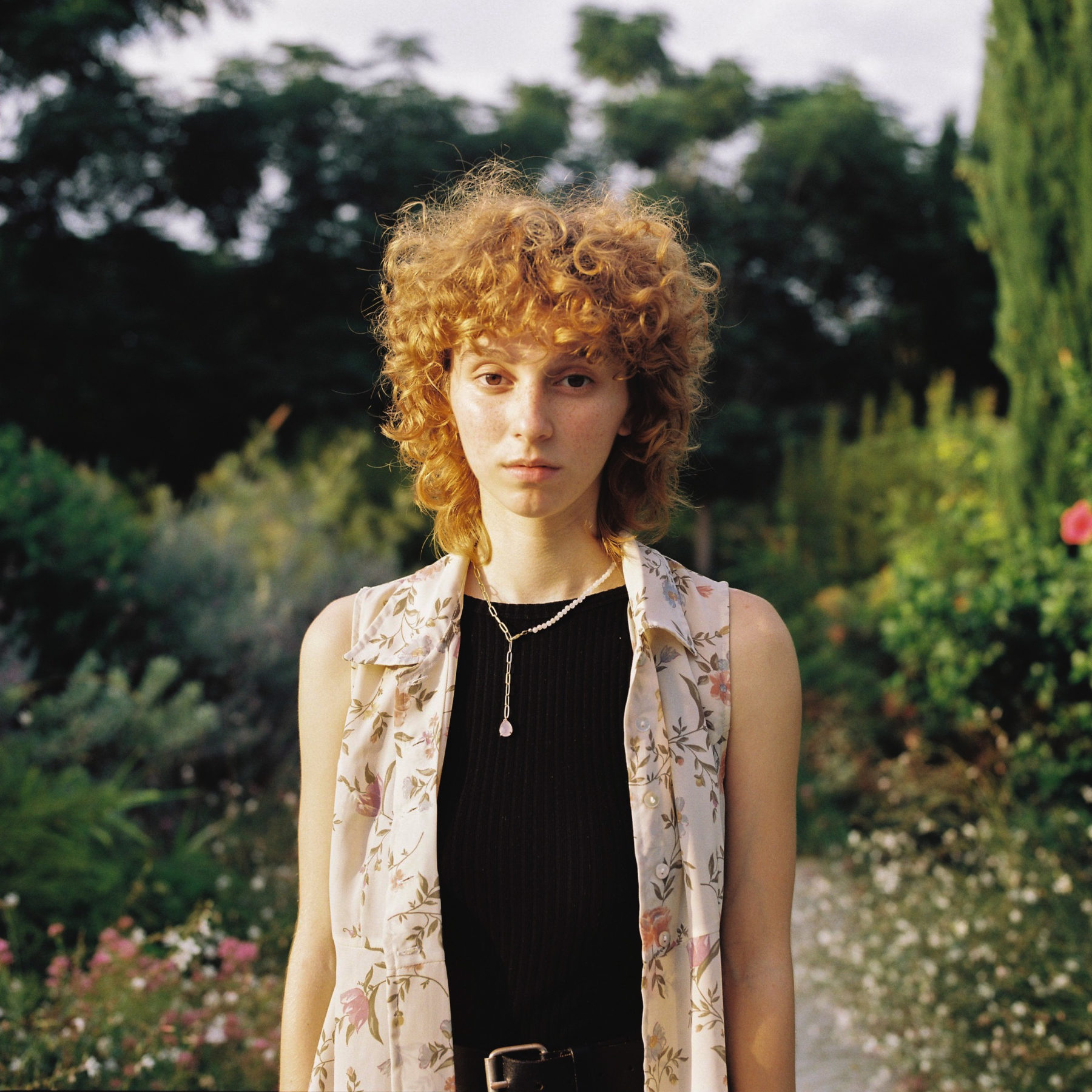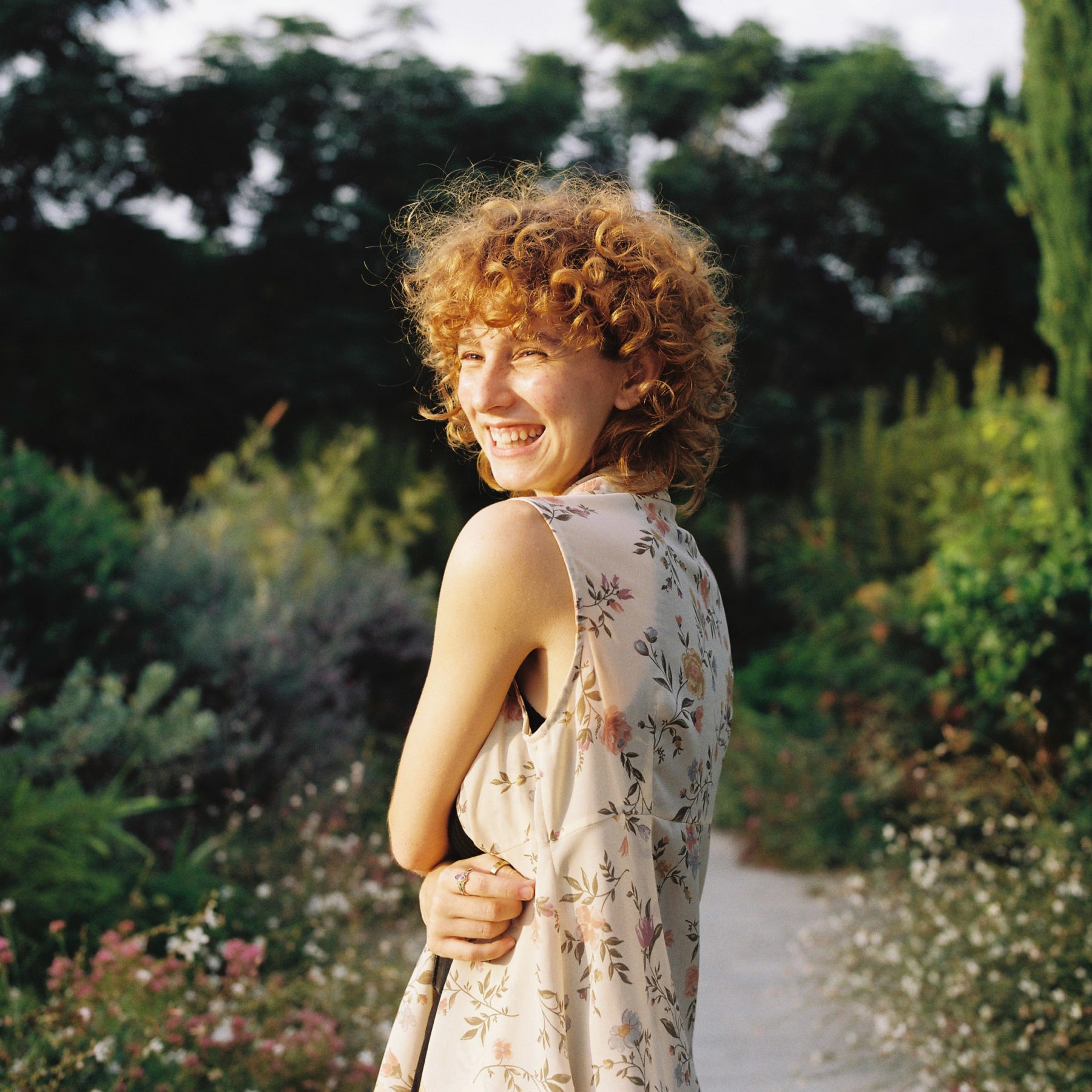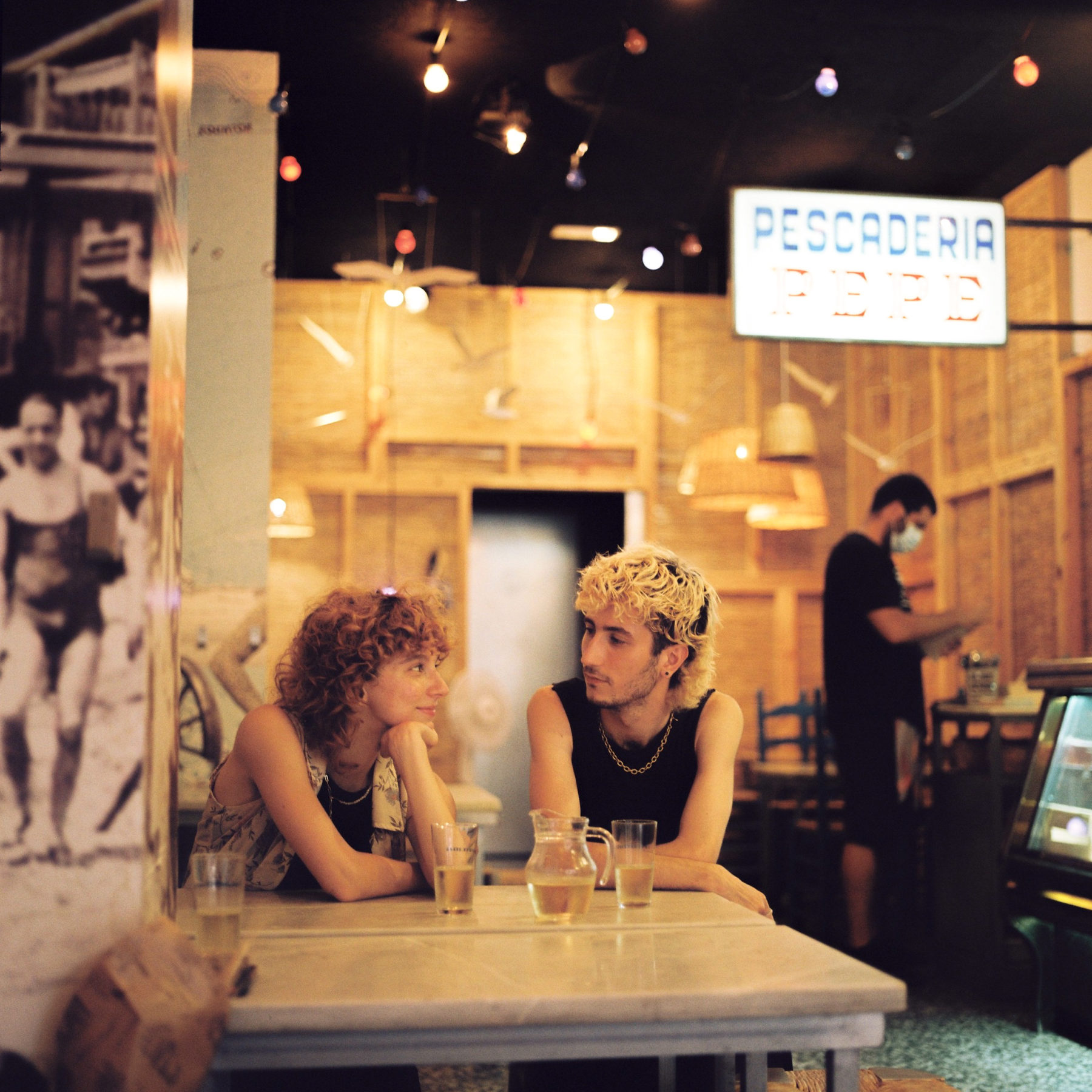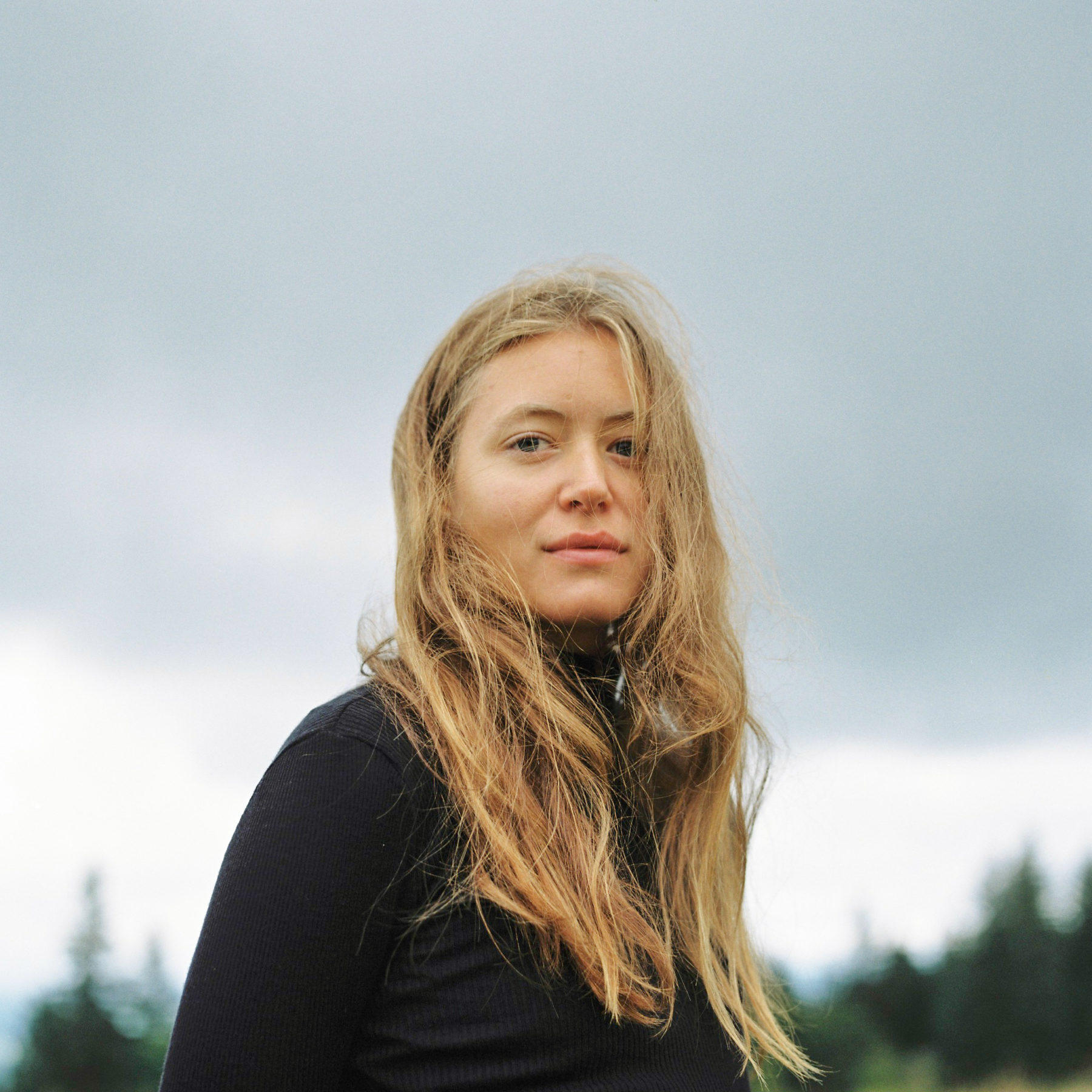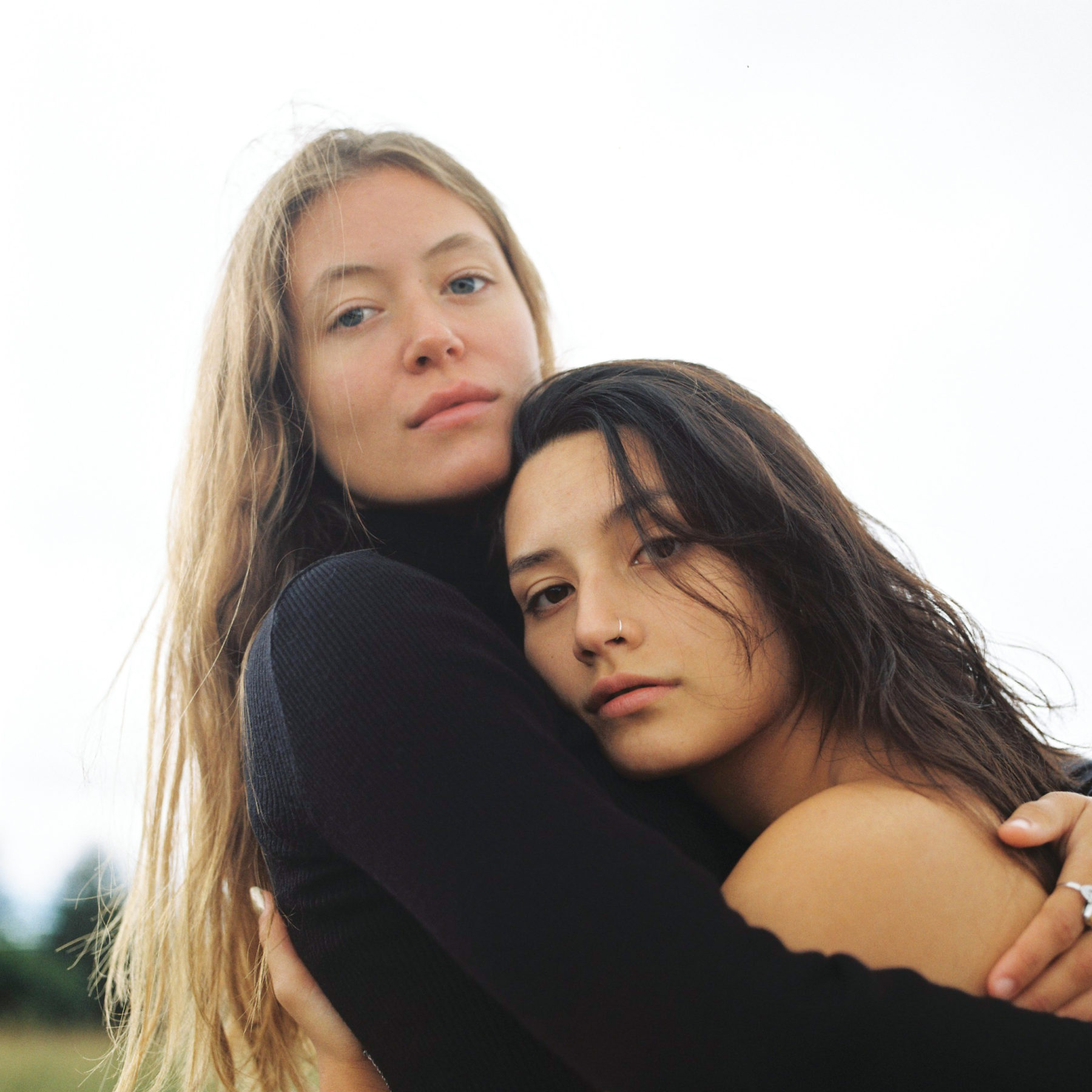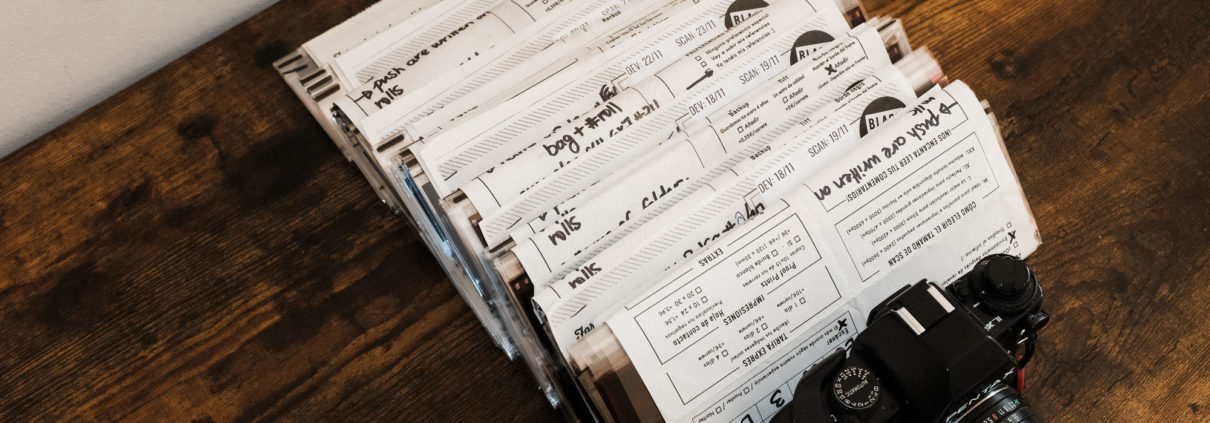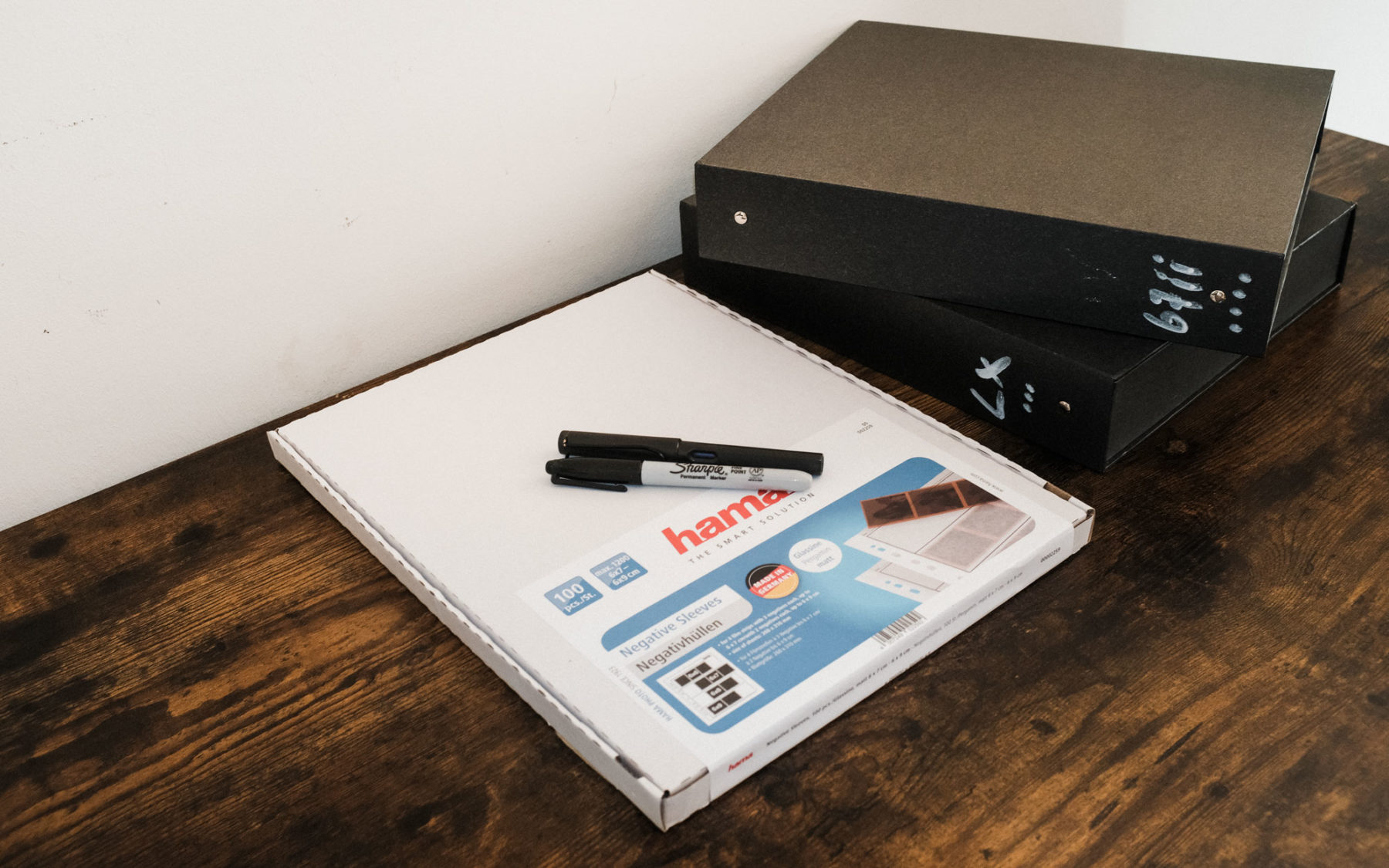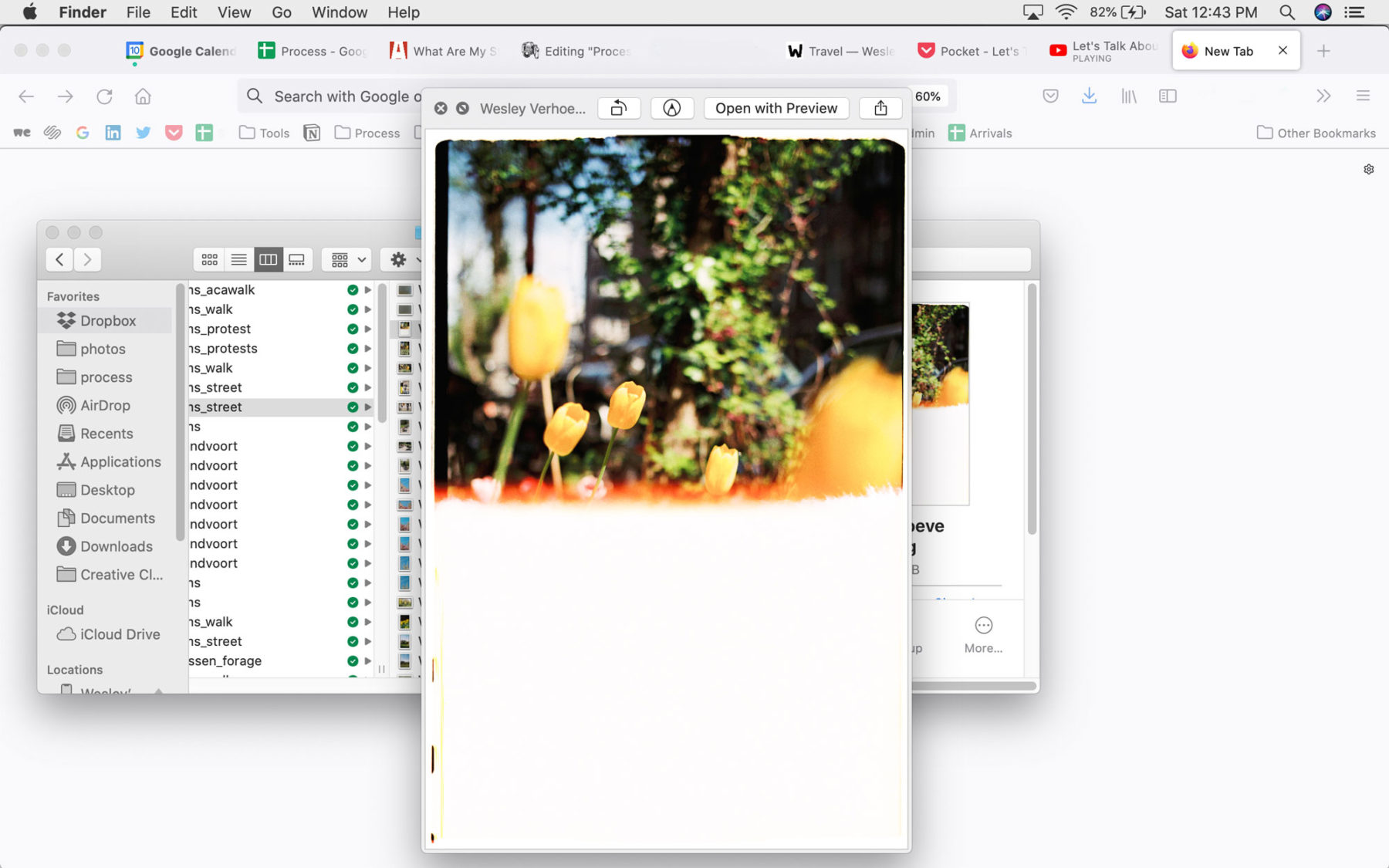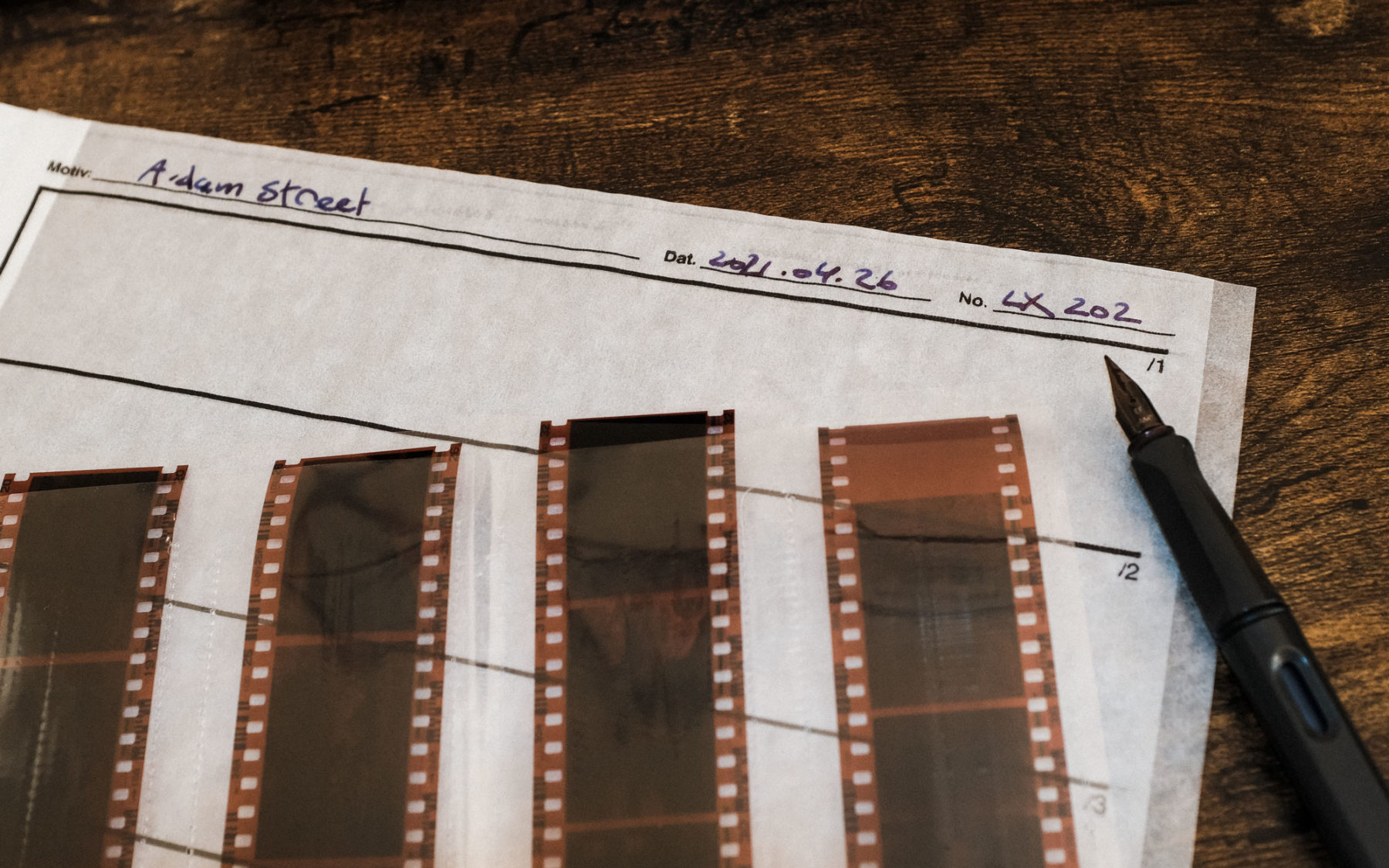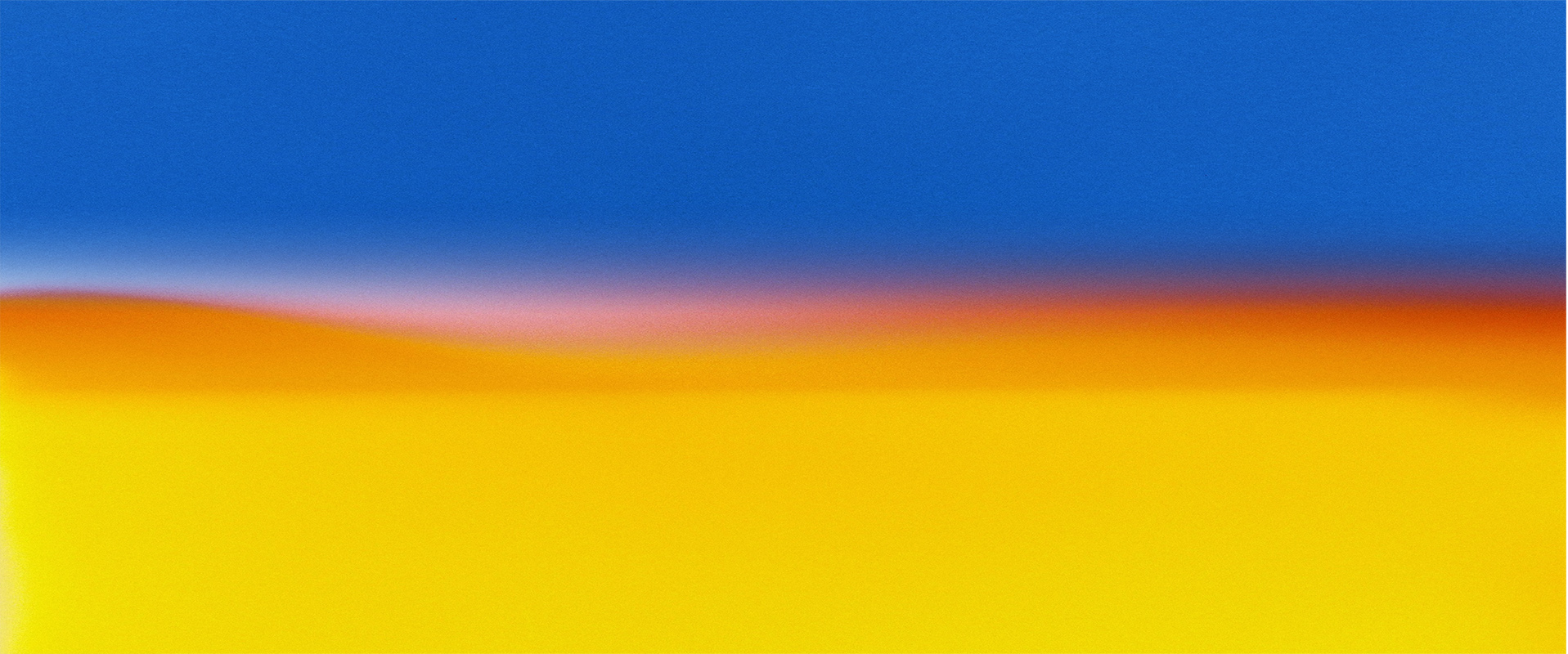[NEW FILM] – KODAK GOLD 120 IS BACK!

This is undoubtedly one of the most important news for film photography for as long as we can remember. Bringing back to life such a popular film in the 120 formats is truly a game-changer for everyone. For the ones looking to get into 120 and not die trying, and for the professionals who need a budget option for shooting personal work or traveling on a budget.
We were privileged to test a couple of rolls before the official launch in order to provide feedback as a lab in terms of color rendition, development, and scanning. We are thrilled to be able to share it with you finally, so here it goes: our review of the new Kodak Gold 120! The good, the bad, and the ugly.
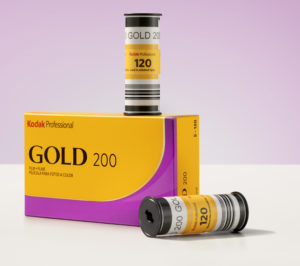
FIRST IMPRESSIONS
As a lab, we can also give you feedback on how the negative feels and compares between other stocks, we think it’s also worth mentioning. When you hold the negative already developed, if you are used to handling negatives, you will undoubtedly feel it is thinner and more solid than other emulsions. From what we could understand, this is a new way to manufacture the film base so it can be manufactured a bit faster and speed up production.
Don’t worry if it feels “flimsy” at first; it’s solid, and the color of the emulsion is as good as the one with the older, thicker base layer 😉
Color-wise, this film delivers what you expect from our beloved Kodak Gold in 35mm with a big PLUS, the 120 format “plus”.
COLOR
We are talking about Gold, and you should expect gold indeed! The color palette will always lean a bit towards the warm tones when it comes to the overall feeling of the image. But also, if you are a bit more nitpicky, you will see that it also leans toward the magenta side of the spectrum when we talk about warmth (remember warm does not only mean yellow, it can also go magenta or green).
That being said, this was not surprising at all, even more, because we overexposed it a bit and the Portra family films always lean a bit towards the magenta side when overexposing a little bit more than you should 😉
GRAIN
The grain is almost nonexistent (for real!), only in heavily underexposed shots you can notice it a bit, but if you expose it within the normal range, we doubt you will be ever bothered by it.
When zooming in, you’ll see it. So, of course, it’s there, but we find it’s adding texture rather than distracting your attention or making the image look “dirty”. We were truly surprised by it, and we believe the engineers at Kodak did a superb job with it.
(NOT) FOR AMATEURS ONLY
After some testing, there is indeed a quality difference in the depth of color that Kodak Gold 200 120 has when we compare it side by side with the Kodak Portra 400 (the king the hill at the moment). Still, it is not something that everyone will notice and certainly not something required for every paid shoot.
Definitely, this film will be the go-to stock for everyone starting with 120 film. Still, we believe plenty of professional photographers will be squeezing its capabilities once it’s released and creating stunning images with it even though it’s not as flexible as our beloved Portra.
SKIN TONES
For this, we were able to shoot one of our test rolls with @paeulini! We tested the film under overcast conditions in Switzerland to see how it would respond, and the results were very interesting.
The Gold 120 has a much better ability to blend different skin tones in the same frame if we compare it to the 35mm, where everything looks flatter. What it’s true is that, again, it leans towards a gold-ish/amber tonality in the skin tone, even with an overcast light situation where the light temperature is usually colder. Is that good or bad? Well, it’s up to you to decide!
We are eager to see how our friends at the Carmencita Drop Points in Dubai and Japan shoot it with all kinds of different skin tones 🙂
PRICE
Oh boy, we wish we could have an answer to it! But unfortunately, at the time of writing this, we don’t know what the final price will be yet, but more affordable than Portra.
If we assume there will be a similar price relationship, as we see in 35mm, between Gold 200 and Portra 400 (~60%); at the time of writing this, the Kodak Gold 200 120 prices should be around ~6,90€ (plus tax), which is fantastic news for all the film community in our humble opinion. Fingers crossed!
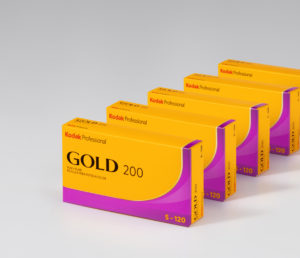
OUR CONCLUSIONS
The Kodak Gold 200 in medium format is filling a gap that has been open for years, a non professional color option for everyone that wants to shot 120 film and is on a budget. We’ve always said in our workshops, if you are thinking about shooting film and you are already happy with your results with a DSLR, go to medium format to really experience the magic of it. Now, more than ever!
This is a film that stands on it’s reputation and will make many smile, both professionals and amateurs. Color-wise it has some limitations obviously and if you are shooting under very demanding light situations, Portra will still be king; but for the rest, we Gold 200 will deliver you great results and we are sure it will bring back medium format cameras in popularity (and helping our pockets too!)
NOTES: All shots were taken with a Hasselblad 503cx, exposed between ISO 125~200 in natural light and golden hour.

